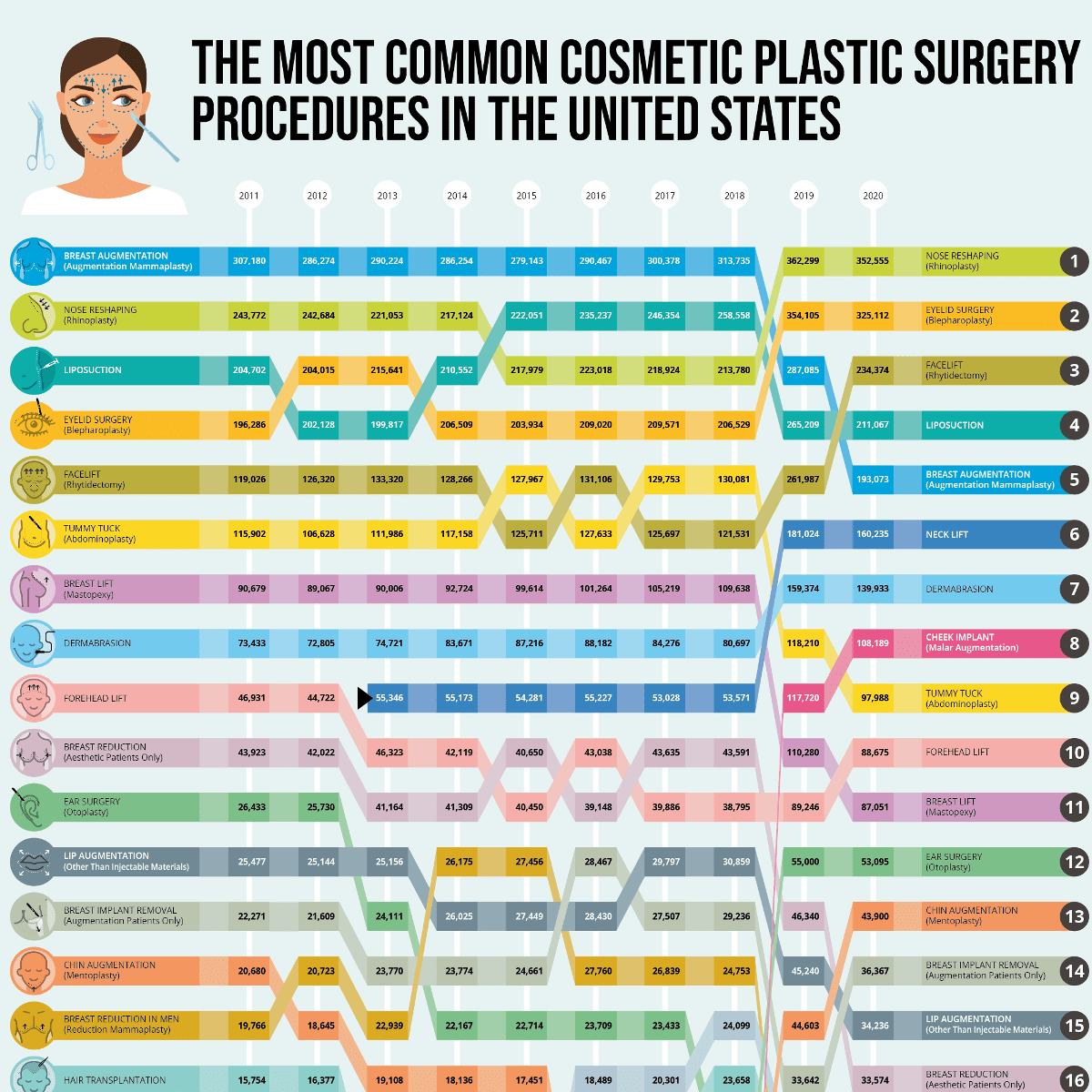Several solutions are available to help manage and prevent obesity—but we must work together
This is the third and final article in a series on public health and chronic condition awareness in the United States that Calcium is sharing to highlight the importance of Thinking Healthier.
In observance of World Obesity Day (March 4, 2022), Calcium began a three-part article series concerning the obesity epidemic and the costs of the problem. In this third and final article of the series, the discussion includes some solutions to the problem and how technology can be leveraged to combat the obesity epidemic.
A major national (and global) problem
As discussed in the previous two articles, obesity is a global problem that affects billions of people each year. The impact of this disease (yes, it’s a disease—more on that later) has been felt in both dollars and, more importantly, lives. Between 1999 and 2018, obesity prevalence increased from 30.5% of the U.S. adult population to 42.4%. This makes almost 50% of the adult population susceptible to chronic conditions like diabetes, heart disease, stroke, some cancers, and hypertension. Economically, it’s estimated that the cost to the American healthcare system alone will increase upwards of $66 billion by 2030!
Individuals, healthcare providers, academic institutions, governments, and corporations have all tried to come up with solutions to the obesity epidemic, with varying results. The complexity of the disease and the unique and broad needs of the global population make this task extremely difficult. The World Obesity Foundation created World Obesity Day to recognize the urgent need for action.
Through a combination of education and training, community planning, public policy, and technology, the Foundation—in partnership with governments, providers, and academia—has put forward various proposals to help curb the obesity epidemic. In addition, the Centers for Disease Control and Prevention (CDC) has established the Division of Nutrition, Physical Activity, and Obesity (DNPAO) to provide educational resources and monitor the effects of obesity on the citizens and economy of the United States.
Combined, these organizations have developed and implemented some key steps to help both manage and prevent obesity.
Obesity the disease
But before we discuss some of the proposed solutions and management efforts, it is important to understand what obesity is. Obesity is a complex disease. Because of that complexity, it has been classified as a disease and not something that is solely the “fault” of the individual. Genetics, lifestyle, environment, community planning, education, food availability, policy actions, etc. all can contribute to the obesity epidemic. Solving, or at least managing, the problem requires a multi-faceted strategy and acknowledging that it’s no one’s “fault.”
Managing the problem
Though absolute solutions to completely eradicate obesity are probably not viable, there are appropriate efforts that help individuals manage obesity and, this is key, also prevent it in children. As mentioned earlier, the World Obesity Federation, CDC, and other academic research, government, and health care organizations are working to find ways to help individuals and families, governments and communities, and healthcare providers manage and prevent this global problem.
Individuals and Families
At the most personal level, obesity and its associated conditions can be devastating. From the stigma of being at an unhealthy weight to the cost of treating diseases like heart disease and diabetes, individuals and families are hit the hardest by this global epidemic. To help individuals and families, here are some common-sense solutions to manage and prevent obesity:
Diet and exercise: Obviously, one of the most common solutions to help in the fight against obesity is maintaining a healthy weight through proper diet and exercise. It’s important to speak with a medical professional before starting an exercise program, but simple exercises like walking, riding a bike, or jogging can help maintain a healthy weight and physical conditioning.
Accountability: Starting a diet and exercise program can be tough, so having someone to rely on to help with motivation and accountability can be a great precursor to success.
Access: There are many obesity management and prevention resources available. This is where the CDC’s DNPAO is beneficial. On their website are many links to nutritional information, exercise advice, and key data points about obesity. Access also includes proper community planning initiatives to provide walking parks, playgrounds, school physical education classes, etc.
Technology: The proliferation of technology has been a double-edged sword with respect to obesity, healthy eating, and physical conditioning. On the one hand, technology has improved food production, but has also increased marketing efforts to advertise unhealthy options. On the positive side there have been advances in technology that can aid in the management and prevention of obesity in both children and adults. According to a paper published by the National Institutes of Health, there are a number of technology tools that can be used in this fight:
- Videoconferencing with weight control experts
- “Exergames” use platform sensors, a camera, and location tracking or accelerometry to track movement
- Senor-based tracking tracks calorie intake and expenditure
- Mobile and web-based applications can provide nutritional information, cooking and shopping aides, etc.
- Computerized neurocognitive training to help improve inhibitory control, attention, working memory and attitudes towards unhealthy activities
Calcium offers web-based and mobile tools to help patients manage their conditions and providers track their patients’ efforts to improve their health. Simple, intuitive technology platforms are a key part of how individuals and families can fight this disease.
Healthcare providers/caregivers
At the heart of this epidemic is the tremendous work of healthcare providers and caregivers. They see the problem daily from patients and have to develop specific, customized solutions to help those in their care.
Frank discussion: Because of the direct interaction between providers and overweight patients this might be the perfect time to openly discuss the dangers of being at an unhealthy weight. Even though it’s not necessarily the fault of the patient (genetics, medication reaction, etc.), it’s important to outline the potential impact of being overweight or obese.
Education: Combining obesity educational resources available online and the provider’s obvious knowledge of body composition and the dangers of obesity are the best tools available to help manage obesity and prevent it in children. Studies show that obese children are very likely to become obese adults.
Training/education: The World Obesity Federation, through the Strategic Center for Obesity Professional Education (SCOPE), offers trainings and events to providers to help them gain the tools and knowledge to prevent and manage obesity.
Government and schools
Governments at all levels (federal, state, county, local, etc.) can have a positive and profound impact on improving the management and prevention of obesity in adults and children. These include:
Public policy: Through comprehensive public policy initiatives from restricting sodas and snacks in school to promoting (and funding) more physical education programs, government leaders have the power to help reduce obesity around the world.
Community planning: In addition to the policy options available to governments, proper planning of communities can help increase the chances that young people get the necessary exercise in their own neighborhoods. Adults can also benefit from walking trails, safe sidewalks, parks, and other available outdoor recreation programs that could be made available in a well-planned community.
Physical education programs: Schools can support healthy lifestyles by offering low-fat and low-sugar foods as well as ensure children are getting enough exercise whether it’s outside or in the school gymnasium. Even simple activities like standing up periodically during class and raising their arms or touching their toes can help keep children active.
We need to start now
“Solving” obesity will be a tough fight. Our increasingly sedentary society contributes to this problem, but we can still develop solutions using technology, public policy, and good old fashioned one-on-one help to show obese children and adults that there is a way to become healthy and stem the tide of potential chronic illnesses and massive financial costs in their future (not to mention to our healthcare system as a whole). Calcium will continue to publish articles highlighting chronic conditions and how individuals and providers can leverage technology to solve, manage, and/or prevent them.
Note: please consult a healthcare professional before starting an exercise program, this article is not medical advice.
















